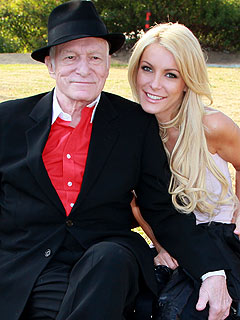LONDON (Reuters) - European shares edged lower and the dollar slipped against most major currencies on Thursday after the U.S. Federal Reserve announced new measures to support the world's largest economy.
Oil, copper and gold also fell as investors remained worried about whether the United States would miss a year-end deadline to avert a "fiscal cliff" of about $600 billion of tax hikes and spending cuts that will start in January.
The Fed said it would buy $45 billion of Treasuries a month on top of the $40 billion a month in mortgage-backed bonds it started buying in September. It also took the unprecedented step of indicating that interest rates would remain near zero until unemployment falls to at least 6.5 percent so long as inflation was contained.
After the decision MSCI's world equities index <.miwd00000pus> extended its recent gains by 0.15 percent to 338.27 points, helped by a broad rally across Asian markets, as investors welcomed the setting of clearer targets for inflation and jobs.
But European share markets were less impressed, having enjoyed a three-week rally that has sent prices to 18-month highs. The FTSE Eurofirst 300 index <.fteu3> was down 0.3 percent in early trading at 1,135.65 points.
"I think we'll get a slow drift into the year-end ... There are no real factors that are going to come in to send it significantly higher. The overhang of the fiscal cliff is going to weigh on the upside to a certain extent," said Michael Hewson, senior analyst at CMC Markets.
London's FTSE 100 <.ftse>, Paris's CAC-40 <.fchi> and Frankfurt's DAX <.gdaxi> opened 0.2 to 0.4 percent lower.
In the foreign exchange markets, the dollar slipped to a one-week low of 79.711 against a basket of major currencies <.dxy> after the Fed decision, sending the euro to a one-week high of $1.3098.
Sentiment toward the euro was supported by a deal clinched early on Thursday to give the European Central Bank new powers to supervise euro zone banks, the first step in a new phase of closer integration to help underpin the single currency.
Greece's foreign lenders also welcomed a bond buyback, paving the way for Athens to get long-delayed aid to avoid bankruptcy.
The yen came under pressure as markets took the view that the Fed's move made it more likely that the Bank of Japan would further ease monetary policy to support its weak economy at its policy meeting next week.
The greenback touched its loftiest in nearly nine months against the yen, hitting a high of 83.635 yen before settling at around 83.48 yen.
Japan also holds an election on Sunday, with opinion polls showing conservative former Prime Minister Shinzo Abe's opposition Liberal Democratic Party, which favors more stimulus measures, is heading for a resounding victory.
Oil prices retreated from overnight gains, with U.S. crude futures down 0.25 percent at $86.54 a barrel and Brent falling 0.2 percent to $109.30.
Gold tumbled more than 1 percent on stop-loss selling after touching its highest in nearly two weeks on Wednesday to trade around $1,693.80 an ounce.
(Reporting by Richard Hubbard; Editing by Will Waterman)











